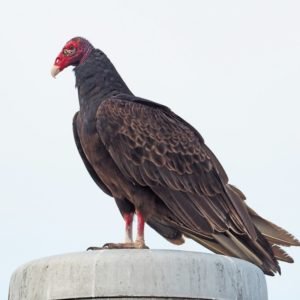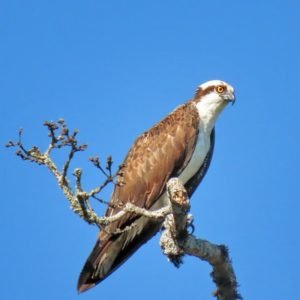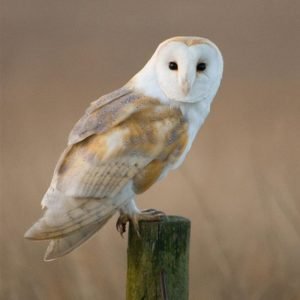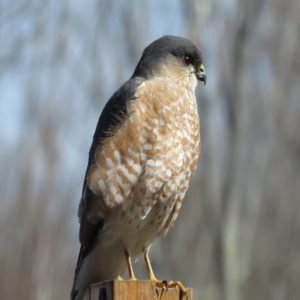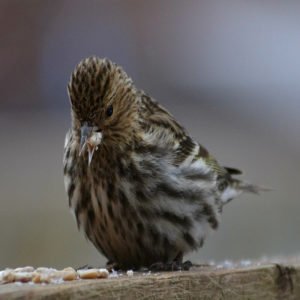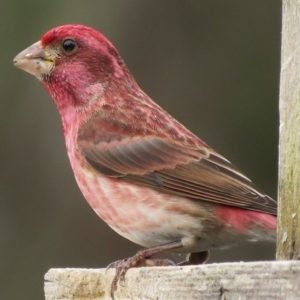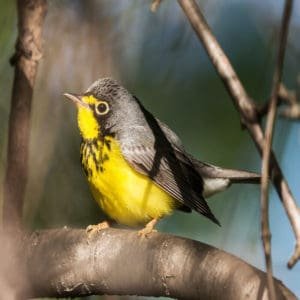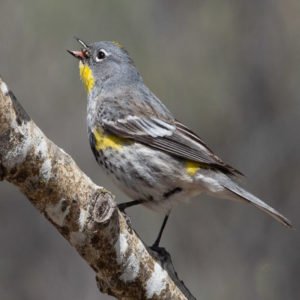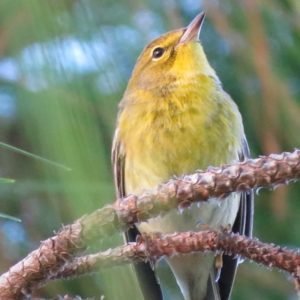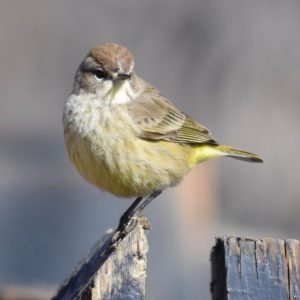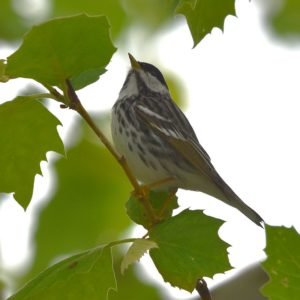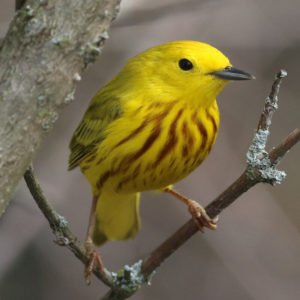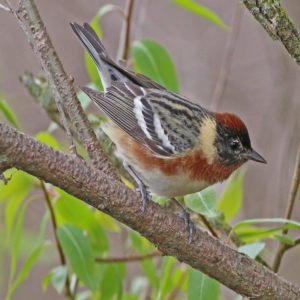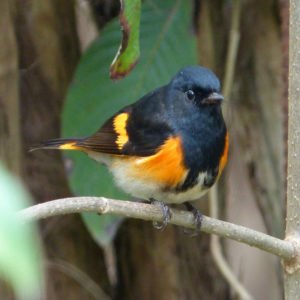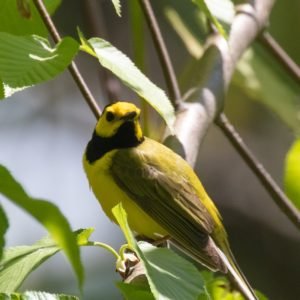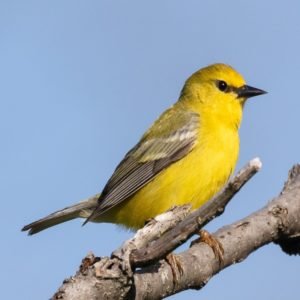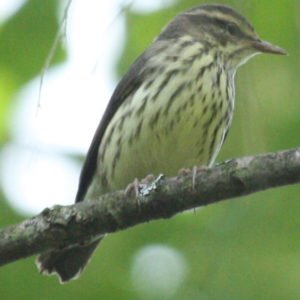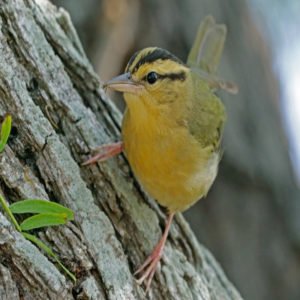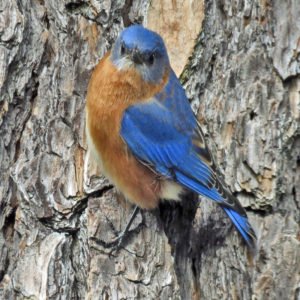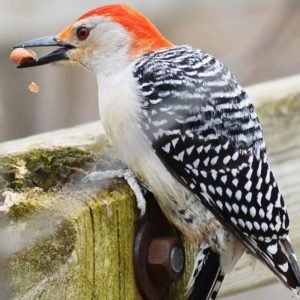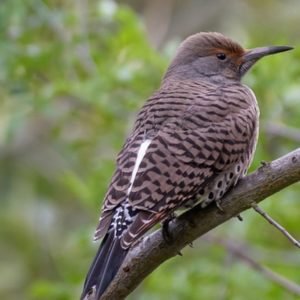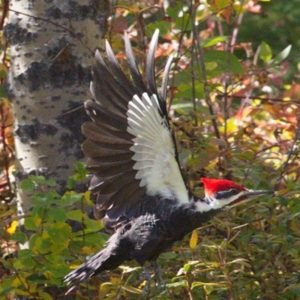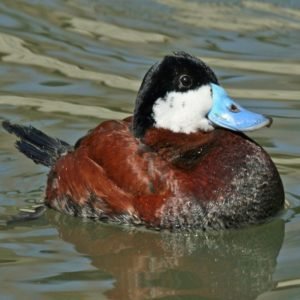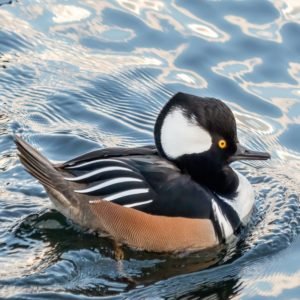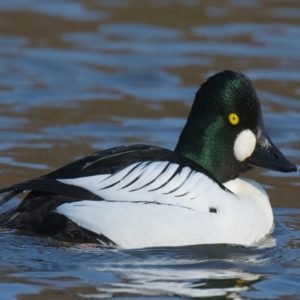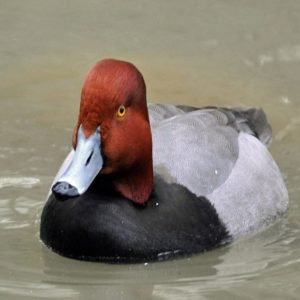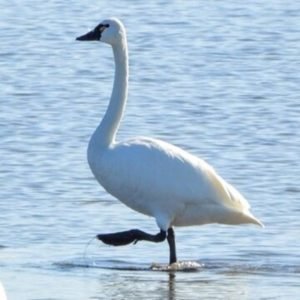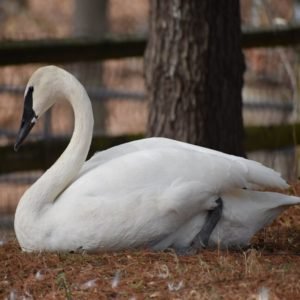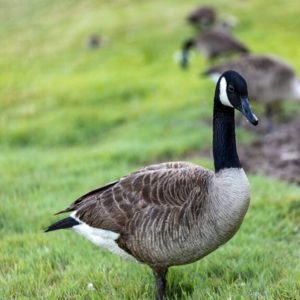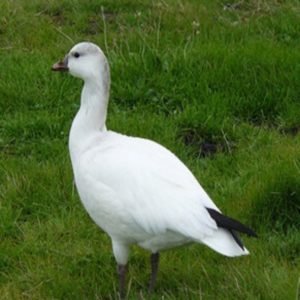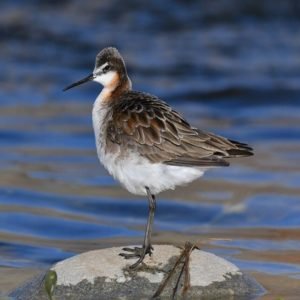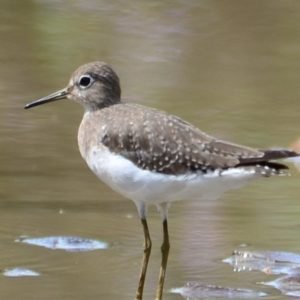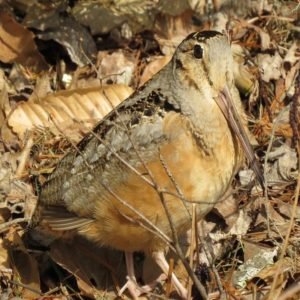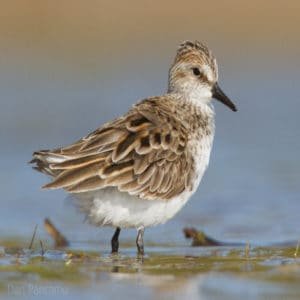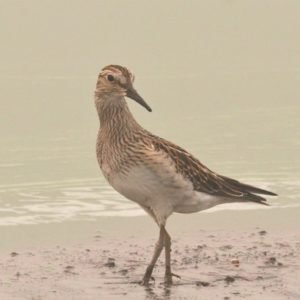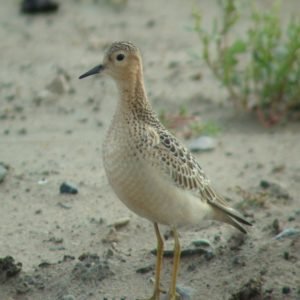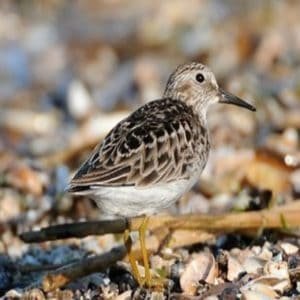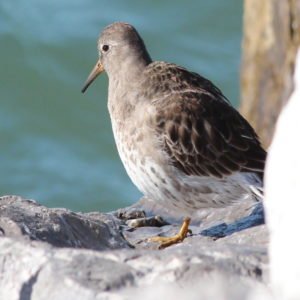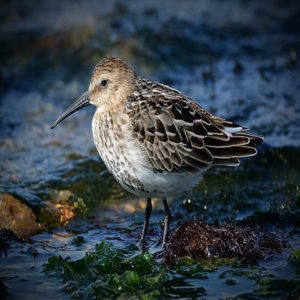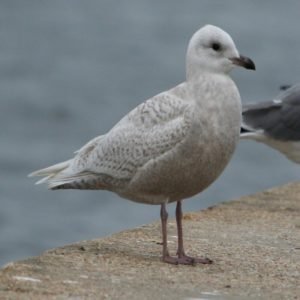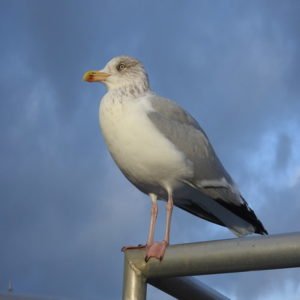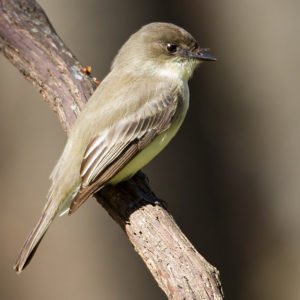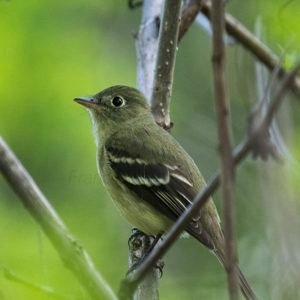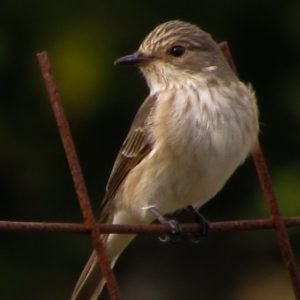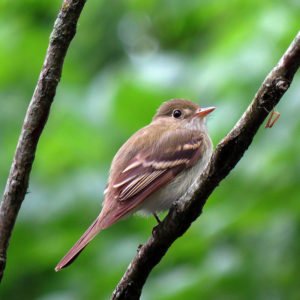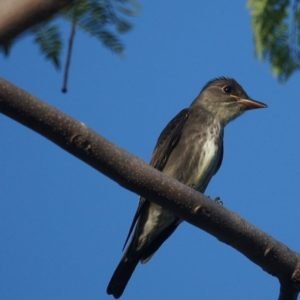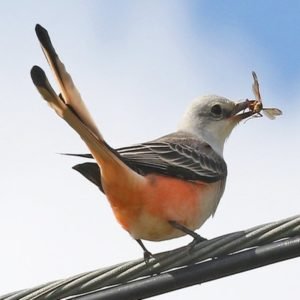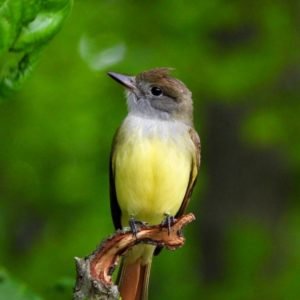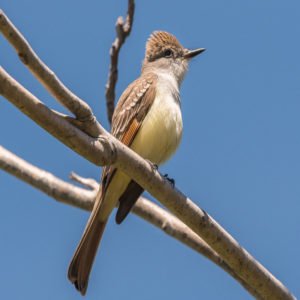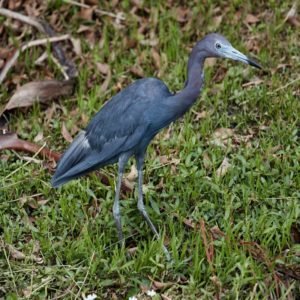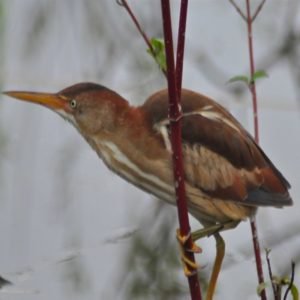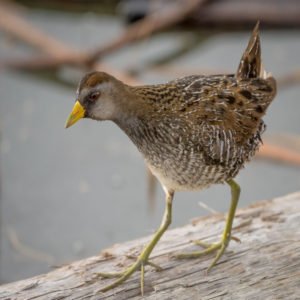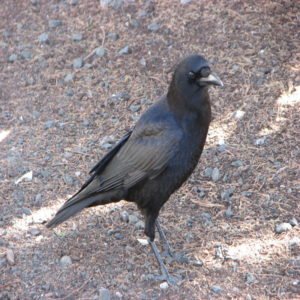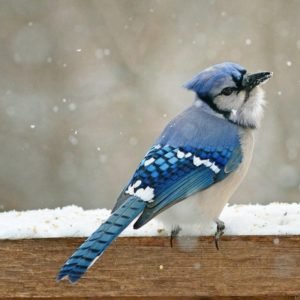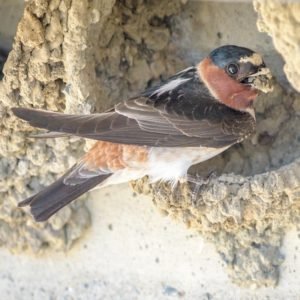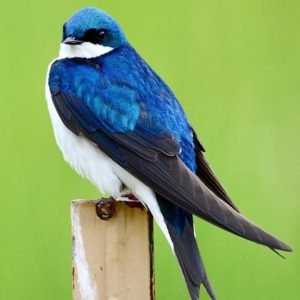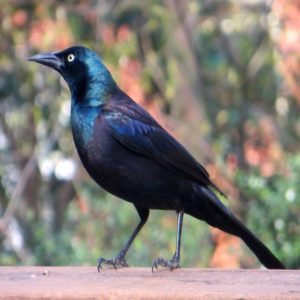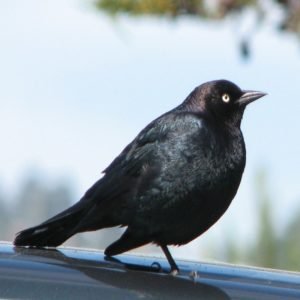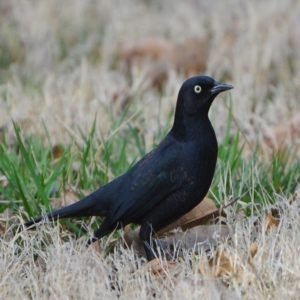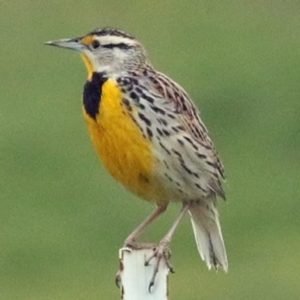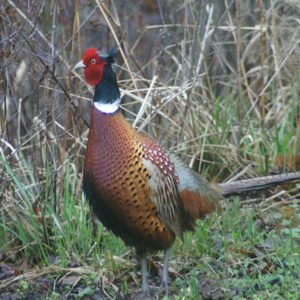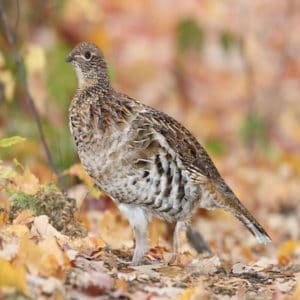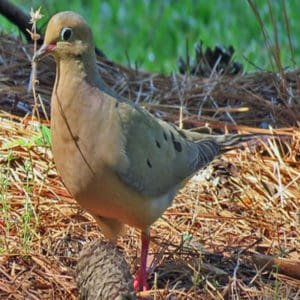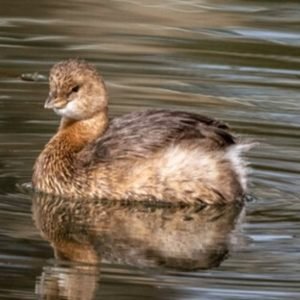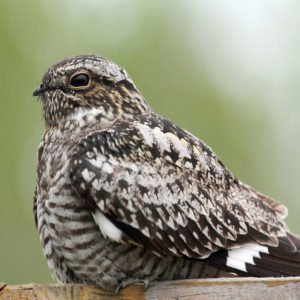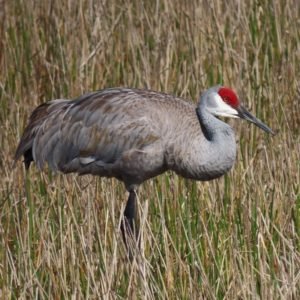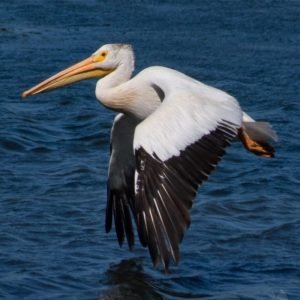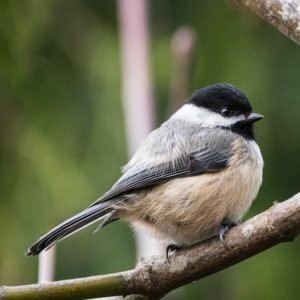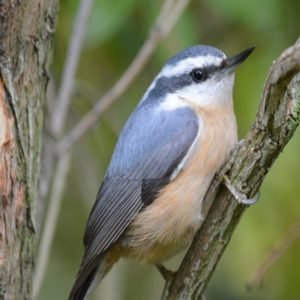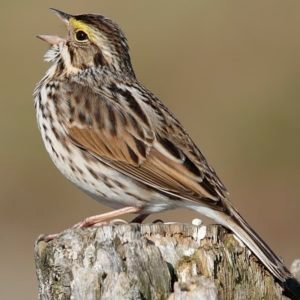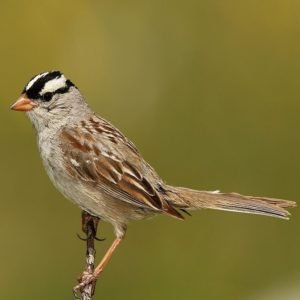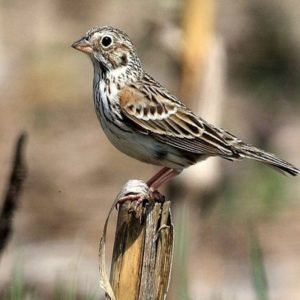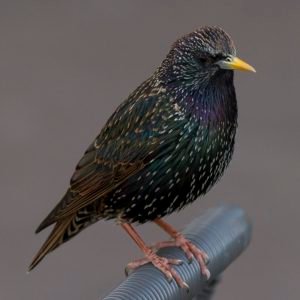Vermont is the sixth smallest state in terms of land area and ranks second in terms of population in the United States. The majority of Vermont’s terrain is composed of coniferous woods and open area ideal for agriculture.
In 1941, Vermont designated the Hermit Thrush (Catharus guttatus) as the state bird. The little brown and cream bird with a patterned bib is found across the state except during the winter.
Birds of Vermont is a thorough listing of all bird species found in the state of Vermont, United States of America. The Vermont Bird Records Committee maintains this list (VBRC). As of October 2020, the list had 388 species. 103 of them are considered vagrants throughout the state, while 14 others are considered unusual in particular places.
Six of the vagrants are also classified as hypothetical (see below). Seven species were introduced to North America or Vermont directly; one is now extinct, and two have been extirpated.
Vermont birds of prey
Raptors are birds that have developed special adaptations to allow them to hunt live prey in the wild. Hawks are members of a wider group of birds known as birds of prey or raptors, which includes species such as hawks, owls, falcons, eagles, and ospreys, among others.
On long journeys across the countryside, these massive raptors can often be spotted swooping through the sky or perched on a fence post.
Eagles in Vermont
Vermont was relieved of the ignominious distinction of being the only state in the continental United States without any breeding pairs of bald eagles. Now, thirteen years after losing that distinction, the state is moving to have the iconic national symbol removed from its list of threatened and endangered species.
In Vermont, bald eagles are once again soaring over the sky. Hunting, habitat degradation, and pesticide poisoning all contributed to the plight of these majestic birds, which were on the verge of extinction.
Breeding eagle populations have increased dramatically since 2008, with biologists discovering 64 juvenile eagles in New Hampshire and more than 75 in a recovery region that covers portions of New Hampshire and New York last year.
In the section below, we’ll look at how many eagles are now roaming across Vermont.
Owls in Vermont
Vermont is well-known for its artisanal foods, maple syrup, cheese, and locally grown fruit. Numerous farms are located throughout the state. As you explore Vermont’s six million acres, you may come upon something else the state is famed for OWLS. Vermont is home to a variety of owl species.
We’ve collected a list of all the owl species that you might encounter in Vermont. Let us immediately begin!
Finches of Vermont
Winter finches belong to the Fringillidae family, which also contains the Pine Grosbeak, Common Redpoll, Pine Siskin, and Evening Grosbeak, as well as the crossbills, Red Crossbill and White-winged Crossbill.
These birds breed in Canada’s boreal woodlands and northern New England, but breed rather infrequently, if at all, in Vermont. Other finches that breed in Vermont, such as the American Goldfinch, House Finch, and Purple Finch, will be omitted from this list.
The below section will explain more about these birds.
Hummingbirds of Vermont
The hummingbird is captivating. Outside of the bird-watching community, the hummingbird is one of only a few birds that so captivates us all. You cannot help but be taken aback by its grace and quickness.
The hummingbird is a remarkable bird, from its flawless flapping to its focus and stamina. As the ruby-throated hummingbird’s spring migration begins, Vermont will serve as a summer resting place for thousands of these birds.
Backyard birds of Vermont
Vermont’s varied landscapes, from lowlands to highlands and mountains, provide an ideal habitat for birds.
Putting up bird feeders and watching what comes to visit is a lot of fun, but it’s much better if you know who they are and can identify birds in your backyard. Now you may learn about the most popular birds that visit feeders or hop across your yard in Vermont.
The following is a list of lovely small backyard birds found in Vermont, with photographs and identification.
Best Birdwatching Spots in Vermont
With the coming of longer days and higher temperatures, Vermont’s bird watchers are watching for a flash of color in the bushes or listening for an overhead chirp, whistle, squawk, or honk as birds begin their annual spring migration. Vermont’s 99 wildlife management areas, or WMAs, provide some of the best birding opportunities in the state. WMAs, which are managed for habitat by the Vermont Fish and Wildlife Department, are ideal for wildlife-related activity such as bird watching.
- Dead Creek WMA, Addison
- Little Otter Creek WMA, Ferrisburg
- Wenlock WMA, Ferdinand
- Snake Mountain WMA, Addison and Weybridge
- Eagle Point WMA, Derby
According to the US Fish and Wildlife Service, Vermont ranks among the top five states in terms of bird observer engagement. However, you do not have to travel far from home to participate in this summer’s popular activity.
Other Vermont birds
This section discusses the types of birds that you might expect to see in your backyard and when they are most active. You may be able to see some of the species listed below if you are interested.
If you have encountered a bird in Vermont that you cannot identify yourself, we’ll be happy to identify it for you. Simply take a picture of it and upload your picture, a quick description and the U.S. state where it was found here on our bird identification page.

